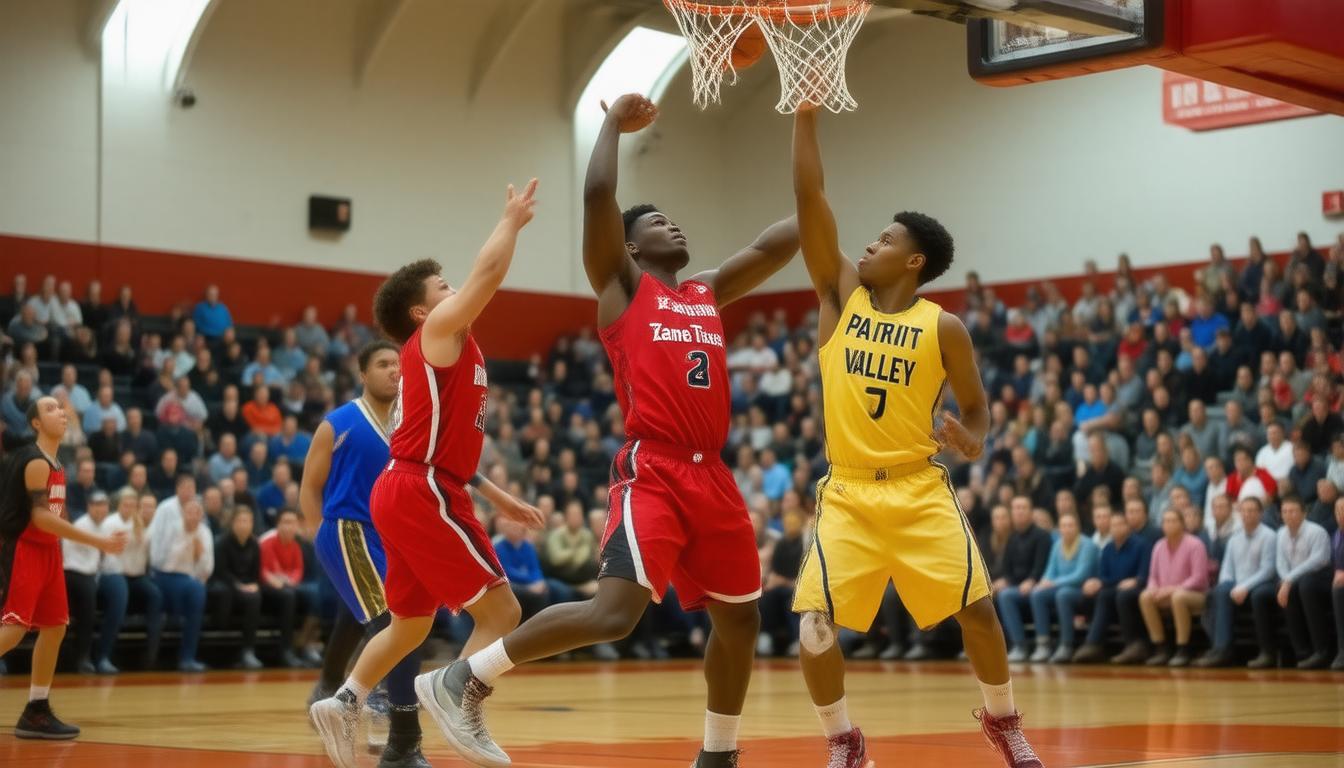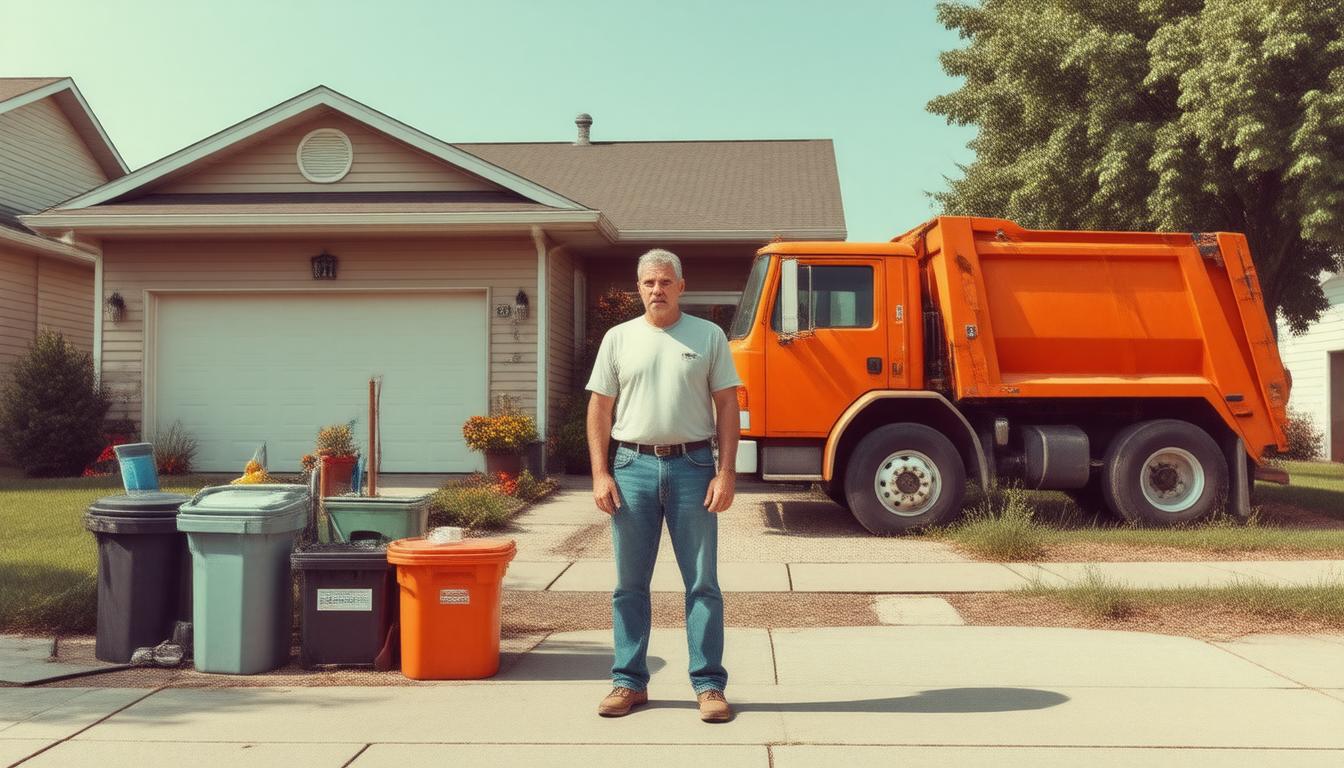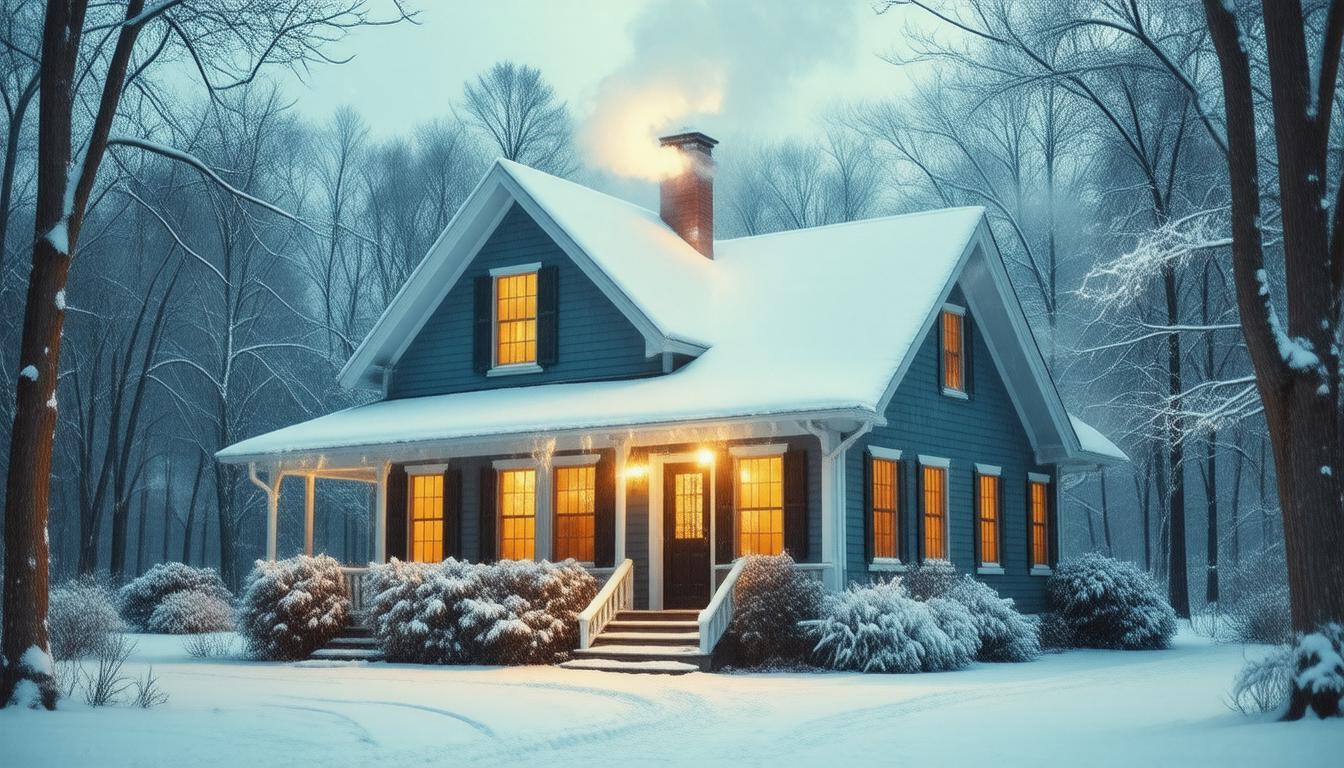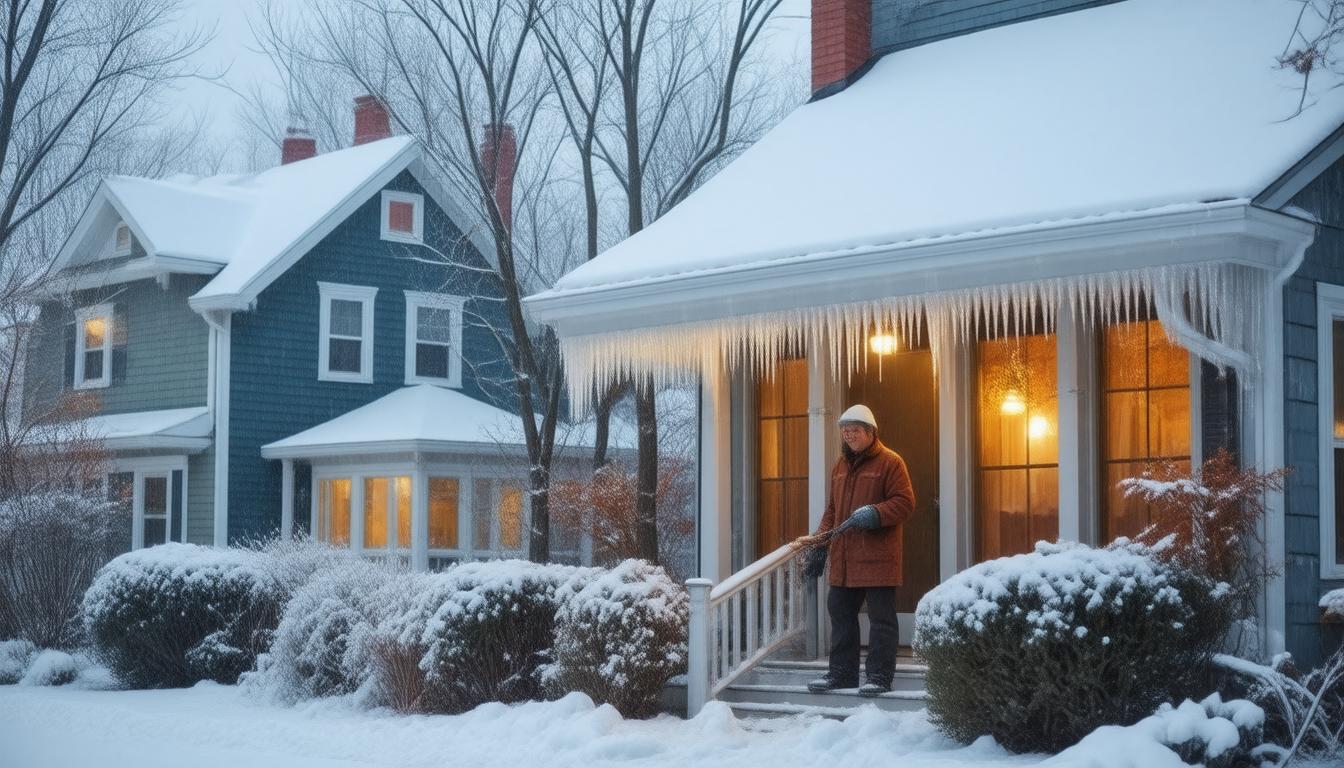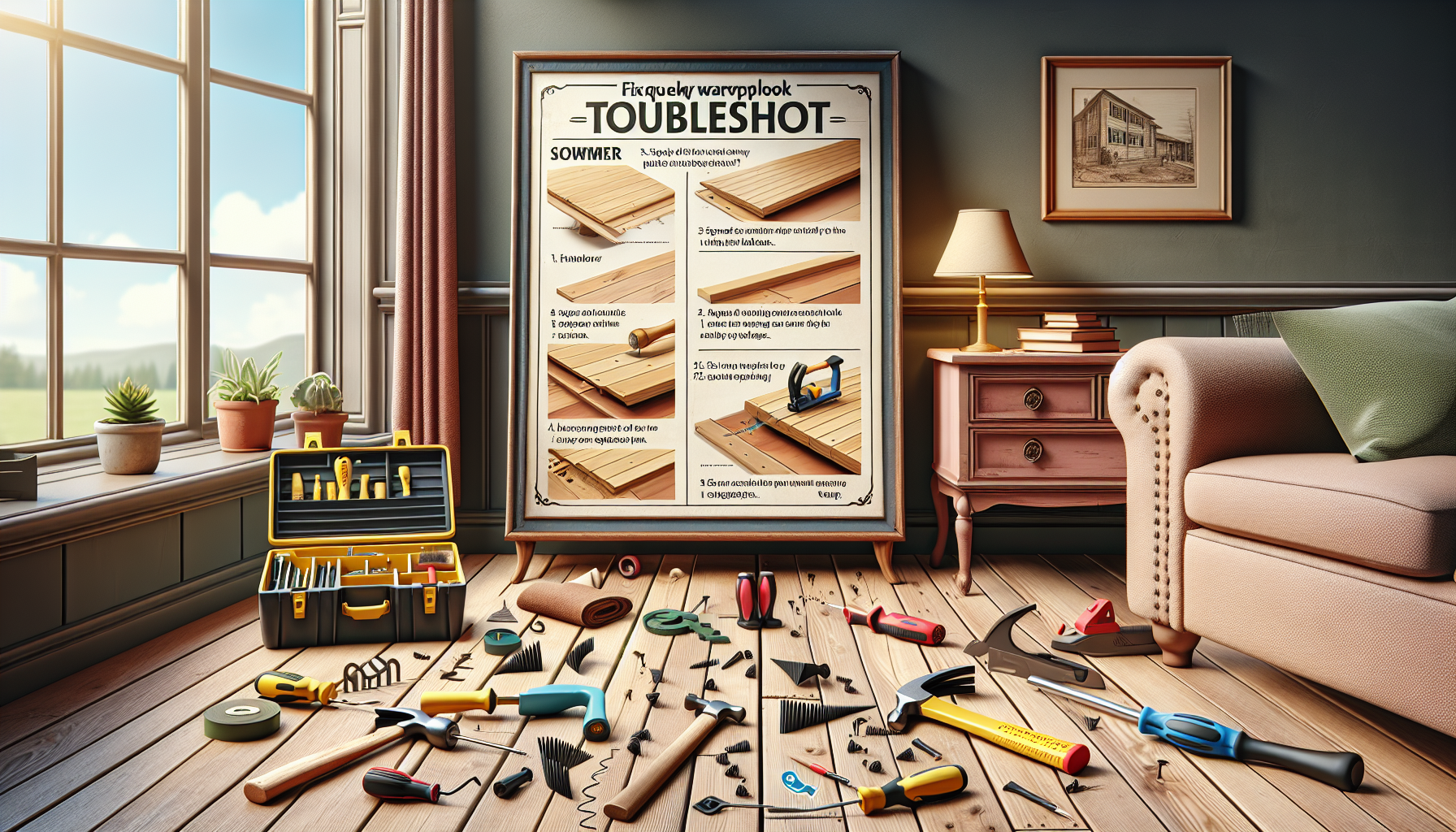
Before diving into solutions, it’s essential to understand why floors squeak or warp in the first place. Squeaking often occurs when a floorboard rubs against another surface, like a nail or an adjacent board, usually because they have loosened over time. This issue is prevalent in homes with wooden floorboards or subfloors. Warping, on the other hand, happens when the wood absorbs moisture and then dries unevenly, causing it to bend or twist.
Identify the Source of the SqueakTo fix a squeaky floor, you first need to locate precisely where the problem is coming from. Walk over the floor and mark the squeaky spots with a piece of tape. This is best done with the help of another person to listen while you walk. Identifying the source will make the repair process much more straightforward.
Easy Fixes for Squeaky FloorsOnce you’ve identified the squeaky areas, there are several methods to address them:
[list]
[*]Powdered Solutions: Sprinkling talcum powder or graphite powder between the floorboards can reduce friction and quieten the noise.
[*]Screwing and Nailing: Secure loose boards with screws or nails. Be sure not to miss the joists underneath and to use the correct length to avoid any damage.
[*]Shimming: If the squeak is caused by a gap between the floor and the joist, inserting a small shim can stop the movement and the noise it creates.
[*]Support Blocks: Adding wooden blocks between the joists beneath can offer extra support to the floor and reduce squeaking.
[*]Professional Reinforcement: Sometimes, if the issue is more severe or widespread, you may require a professional to reinforce the area or replace sections of the floor.
[/list]
Warping requires a different approach. Here are some steps to take if you notice your floorboards bending or lifting:
[list]
[*]Dehumidifying: High levels of moisture are the enemy of wooden floors. Use a dehumidifier to maintain a consistent indoor humidity level.
[*]Controlled Heating: Applying controlled heat with a hairdryer or heat gun can sometimes help to flatten minor warping.
[*]Moisture Barrier Installation: Consider installing a vapor barrier underneath the flooring to prevent moisture from seeping in.
[*]Plank Replacement: For severely warped boards, replacement might be the only viable option. Make sure to acclimate new boards to the room’s humidity before installation.
[/list]
To avoid future squeaks and warping, consider the following preventive steps:
[list]
[*]Regular Maintenance: Keep an eye on your floors and address any minor issues before they escalate.
[*]Humidity Control: Keep indoor humidity levels consistent, especially during extreme weather conditions.
[*]Protect from Water: Clean up any spills immediately, and avoid mopping wooden floors with excessive water.
[*]Proper Installation: Ensure your flooring is correctly installed from the start to prevent these issues.
[/list]
Maintaining your floors can require a bit of time and effort, but the result is a lasting, squeak-free, and warp-resistant surface. Whether you tackle the issue yourself or bring in a professional, addressing the problem early on will keep your floors in top condition for years to come.



